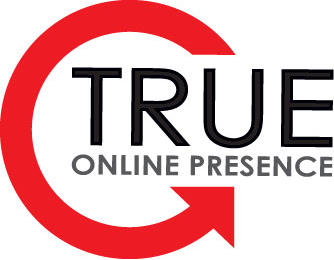
Building A Powerful USP That Gives You An Advantage
When it comes to increasing conversion rates with your eCommerce store, it is important to clearly communicate to customers why they should purchase from your website. This messaging is called your Unique Selling Proposition (USP). The term USP originally was coined by E. Jermone McCarthy is his book Basic Marketing: A Managerial Approach and has […]

